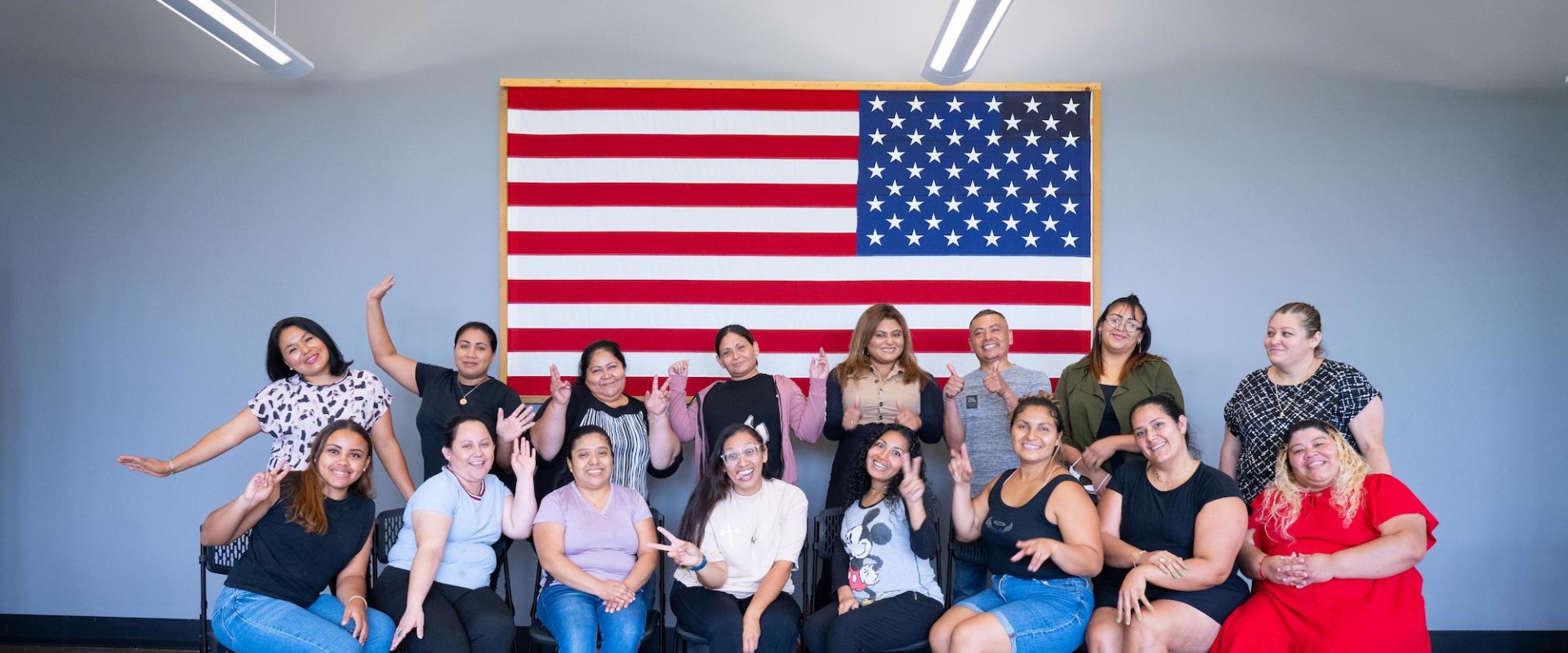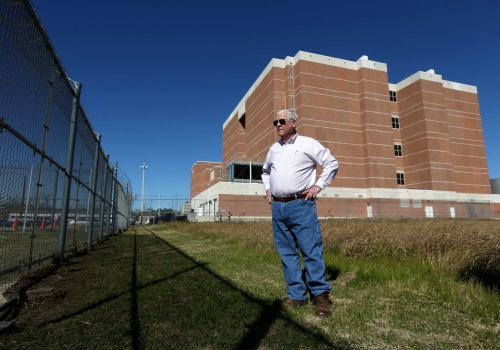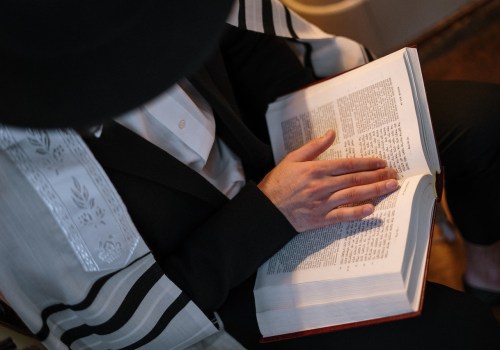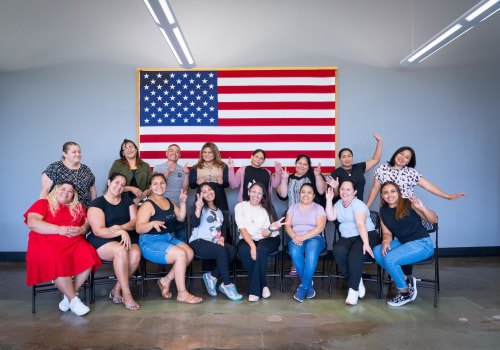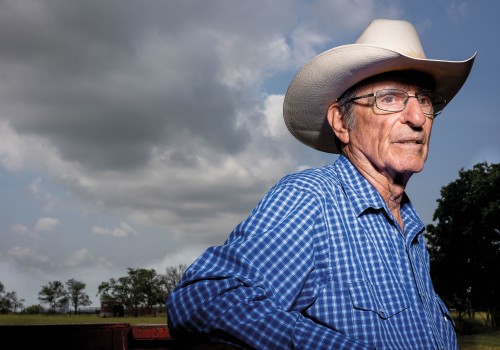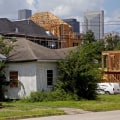In 1942, President Roosevelt's Project M was established with the goal of finding places inside and outside the United States to provide refuge for Jewish refugees after the war. The project was commissioned by journalist John Franklin Carter and anthropologist Henry Field, who conducted a study of the regions where Jews could live. During the 1950s and 1960s, a stark contrast between white and black Americans in terms of control over housing, public programs, education, and law enforcement became evident due to the transfer of tax money from urban centers to white Americans. This led to a period of unprecedented violence and race riots in cities across the United States.
Public censorship and discrimination practices affected black communities in both the North and South of the United States, contributing to the Newark riots by preventing African Americans from accumulating generational wealth, expelling “ghetto communities” through urban renewal, and forcing them to remain in impoverished communities due to racially imposed lines. The Kerner Commission identified both the causes of the 1967 race riots and the racial tensions in the United States. However, many of these issues are still present in black communities today, such as income inequality and rising incarceration rates (Wilson, 201). William Levitt's segregationist policies prohibited African-Americans from living in his communities on the basis of race. President Roosevelt was more interested in performative activism than in supporting Jewish people who were persecuted and murdered throughout German-occupied Europe. A study conducted in November 1938 showed that 52.5% of Americans believed that there was very little hostility toward Jews in the United States, even though similar studies show that anti-Semitism was increasing in the years leading up to World War II.
The Newark riots spread to other major urban centers in New Jersey during the week following, with varying degrees of severity. Redlining was conceptualized and implemented during World War II when Levitt revolutionized residential communities with affordable housing. The civil rights movement adopted more aggressive tactics to stimulate change since many black Northerners were aware that racism, discrimination, and brutality against African-Americans would not yield to nonviolent will. This document explains how inter-community autonomy and government transparency, along with anti-poverty measures, were underused tools to curb civil unrest among black communities, leading to increased tensions between African Americans and white communities and the government. Fort Bend County developers are taking inspiration from “agricultural neighborhoods” to build public lighting communities in one of the country's fastest-growing areas. Developers who build buildings in a mostly suburban and rural area are following cities' example to create communities with urban-style services that maintain a connection to their rural and agricultural roots.
